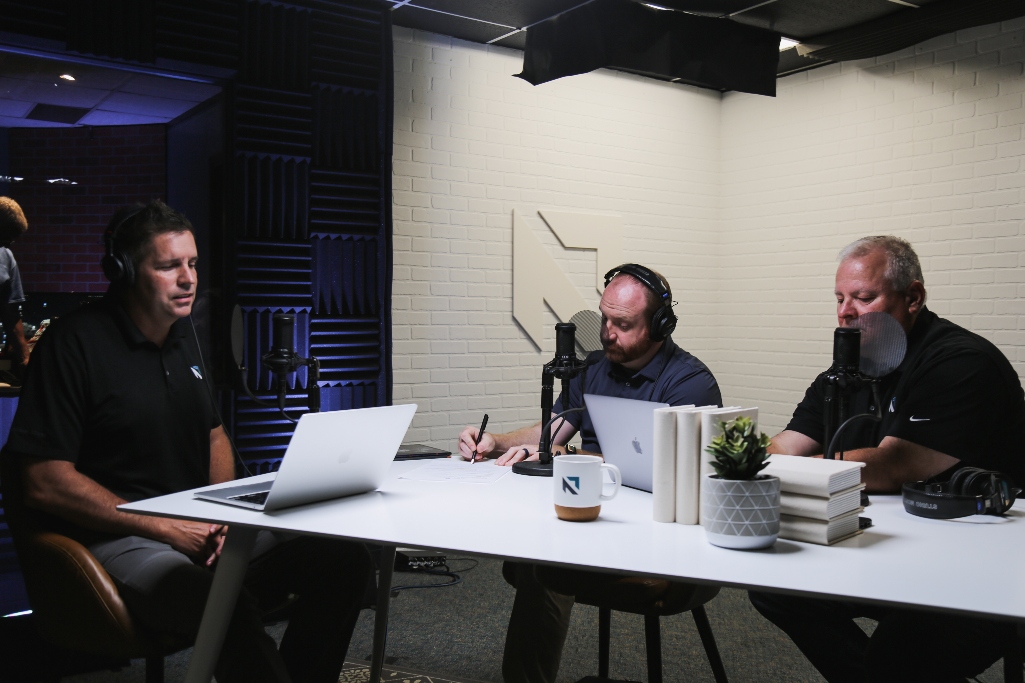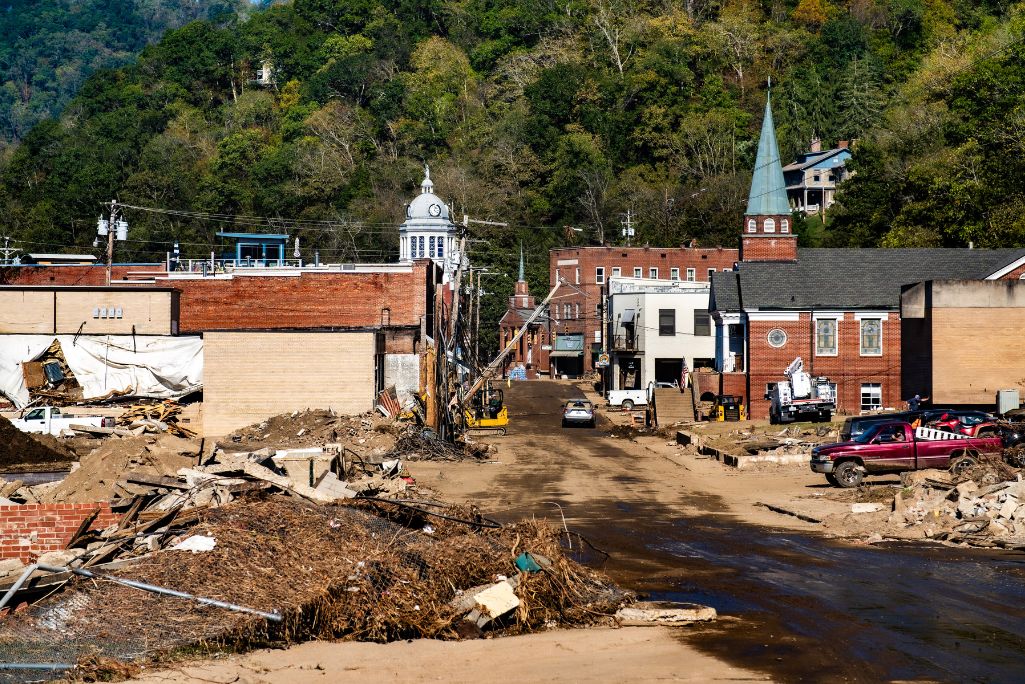
Hurricane Helene left a path of destruction across western North Carolina in late September so devastating that N.C. Baptist and other volunteers will be serving in the region for years to come.
Although it’s been months since Hurricane Helene caused catastrophic flooding and destruction in western North Carolina, Tom Beam still notices damage like he’s never seen before whenever he visits that part of the state.
“Every time I go up there, I see something different,” said Beam, who serves as the disaster response coordinator for N.C. Baptists on Mission. “It’s hard. It’s really hard to really put into words.”
Beam has made numerous trips to western North Carolina to survey damage and coordinate relief efforts since Helene hit the region in late September. The storm brought historic rain and flooding to the mountains, resulting in death and destruction so devastating that Helene is the deadliest and most damaging storm ever to hit North Carolina.
Nearly 100 deaths in the state have been attributed to the storm that also took an unprecedented toll on homes, business, infrastructure and the overall economy. In addition to the loss of life, Helene damaged an estimated 126,000 homes, destroyed thousands of miles of roads and bridges, and knocked out water, sewer, electricity and communications services.
In late October, state government officials released a report saying that the overall impact of the damage from Helene is likely to exceed $53 billion, which is the largest in North Carolina history. Those damage estimates are about three times the $16.7 billion impact of Hurricane Florence, which struck the state in 2018.
Yet from the beginning, N.C. Baptists have been among those helping the state recover. From the initial response to the ongoing work to rebuild, N.C. Baptist volunteers will also be helping the region rebuild.
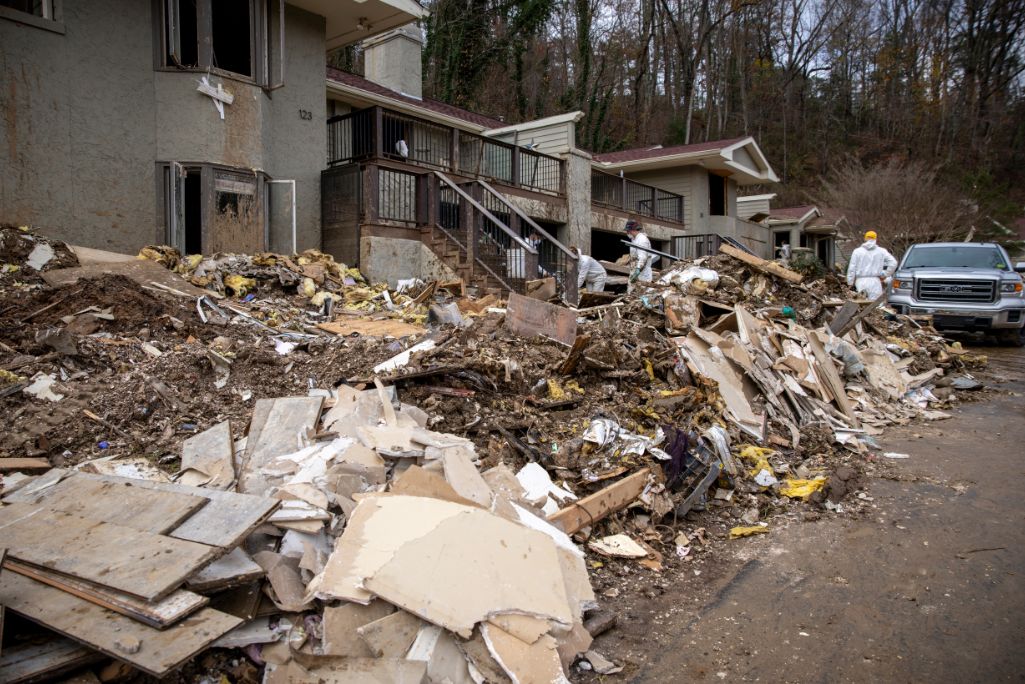
‘It’s going to be bad’
After Helene formed in the western Caribbean in late September and began tracking across the Gulf of Mexico, all eyes were initially on Florida.
“I had already sent a text to the disaster response director in Florida to say, depending on what happens in North Carolina, we’ll come help you,” Beam said.
That was before Helene’s track took a turn, placing western North Carolina in the storm’s crosshairs.
“At that time I said to a couple of folks, ‘It’s going to be bad,’” said Beam, who was already working with state emergency management officials to prepare for potential impacts to North Carolina. “I wasn’t expecting the kind of destruction that we had, but I knew it had the potential to be significant.”
After making landfall in the Big Bend region of Florida as a Category 4 hurricane on the night of Sept. 26, Helene weakened to a tropical storm as it moved northward through Georgia, the Carolinas and Tennessee on Sept. 27.
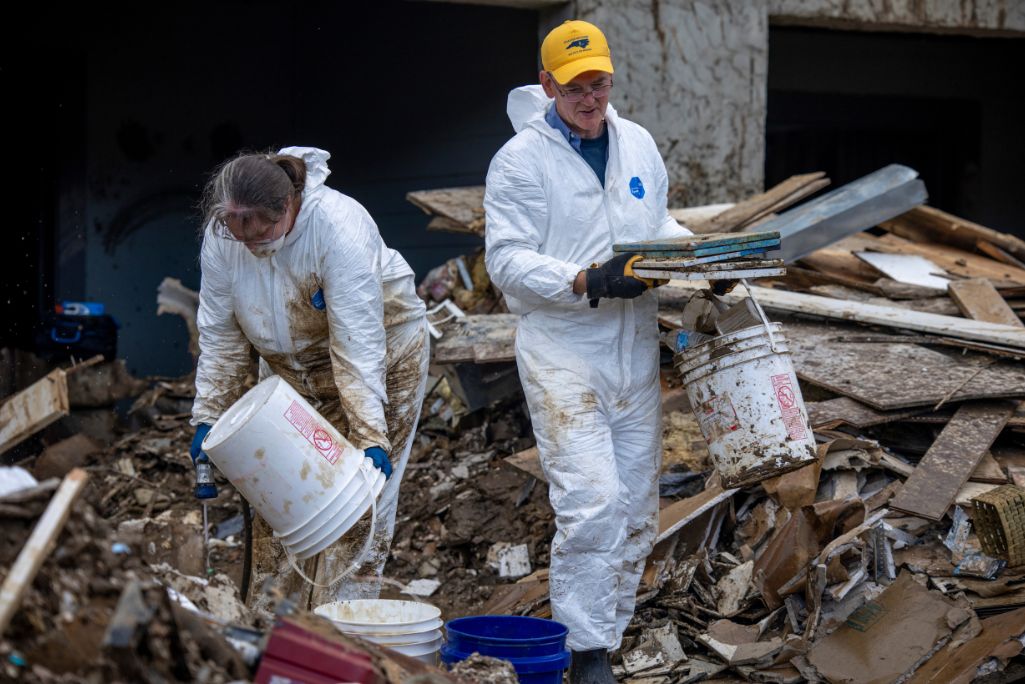
Initial response
Helene brought downpours to western North Carolina, which had already been saturated by rainfall prior to the storm’s arrival. The rain flowing down mountains swelled rivers and streams — some of which were already at flood stage — to record highs, producing 1,000-year flood events in several counties. Flooding, landslides, strong winds and tornadoes generated by the storm, along with the unique landscape of western North Carolina, combined to produce a major disaster.
After the storm moved out of the region, the scale of Helene’s destructive impact to western North Carolina began to emerge. Water that rushed down mountains washed away homes, businesses and even the entire town of Chimney Rock. Damage to roads and bridges made parts of the region impassible, isolating some residents.
Some churches in the region that were able opened their doors to the community, providing meals and distributing supplies. N.C. Baptists on Mission disaster response volunteers set up recovery and mass feeding sites in multiple locations throughout the region. At the height of the response, Baptists on Mission was operating 16 recovery sites, three of which also included feeding operations.
Meanwhile, chainsaw crews and other volunteers began clearing trees, removing debris and tarping roofs damaged in the storm. Volunteers also began working to mud out flooded homes and tear out damaged walls, cabinets, insulation and floors.
Baptists on Mission wrapped up feeding operations on Nov. 16 and had consolidated many of the recovery sites. As of Dec. 3, more than 10,000 volunteers had served as part of the Helene response, preparing more than 450,000 hot meals and completing more than 4,500 recovery jobs.
In addition to the numerous volunteers from North Carolina, volunteers from every state and some foreign countries have served in western North Carolina in the aftermath of Helene. In addition, Southern Baptist disaster response counterparts from multiple other states have also sent volunteers and equipment, like shower and laundry units.
“There are not enough words to say thank you for what people have done for our western North Carolina neighbors,” Beam said. “That may sound cliche, but it’s true.”
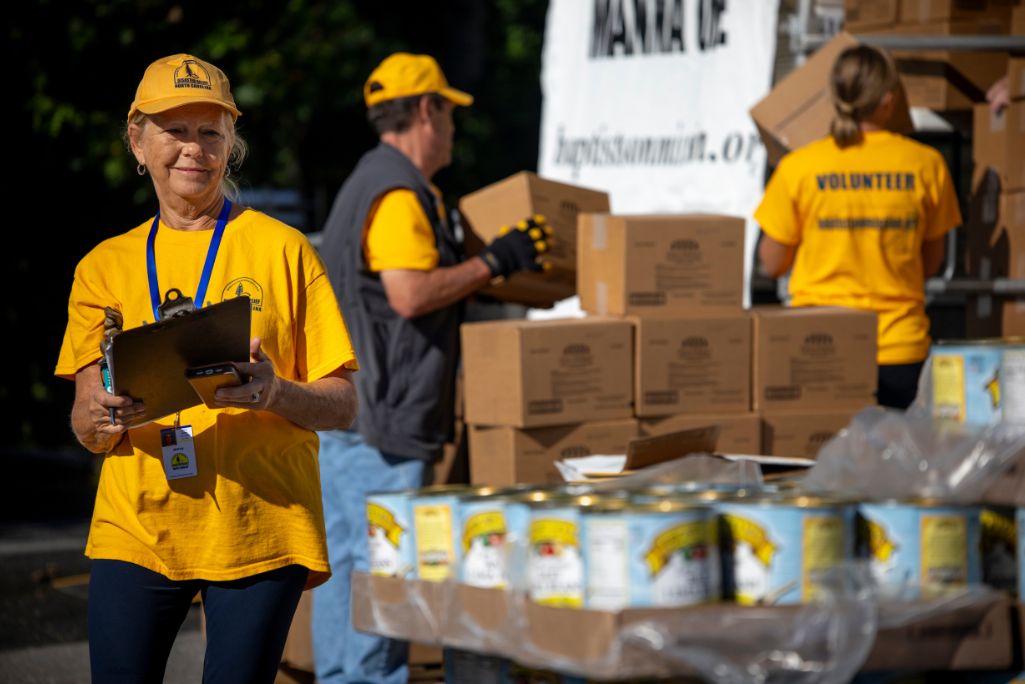
Long-term response
As work in western North Carolina moves from the relief and recovery phases to the rebuild phase, officials with N.C. Baptists on Mission say they anticipate serving in western North Carolina for the next four to six years.
“This is a marathon, not a sprint,” said Richard Brunson, executive director of N.C. Baptists on Mission.
In November, N.C. Baptists on Mission leaders announced the Essential Rapid Repairs (ERR) program, an initiative aimed at getting as many residents back into a safe, functional home as quickly as possible. The program involves completing basic, partial repairs that will allow homeowners to live in a safe, clean and secure environment while awaiting long-term repairs at a later date.
Baptists on Mission officials say they hope to complete 1,000 homes initially in order to help as many homeowners as possible avoid the harsh mountain winter. As of early December, 14 homes had been completed through the ERR program, and repairs to 96 others were in progress.
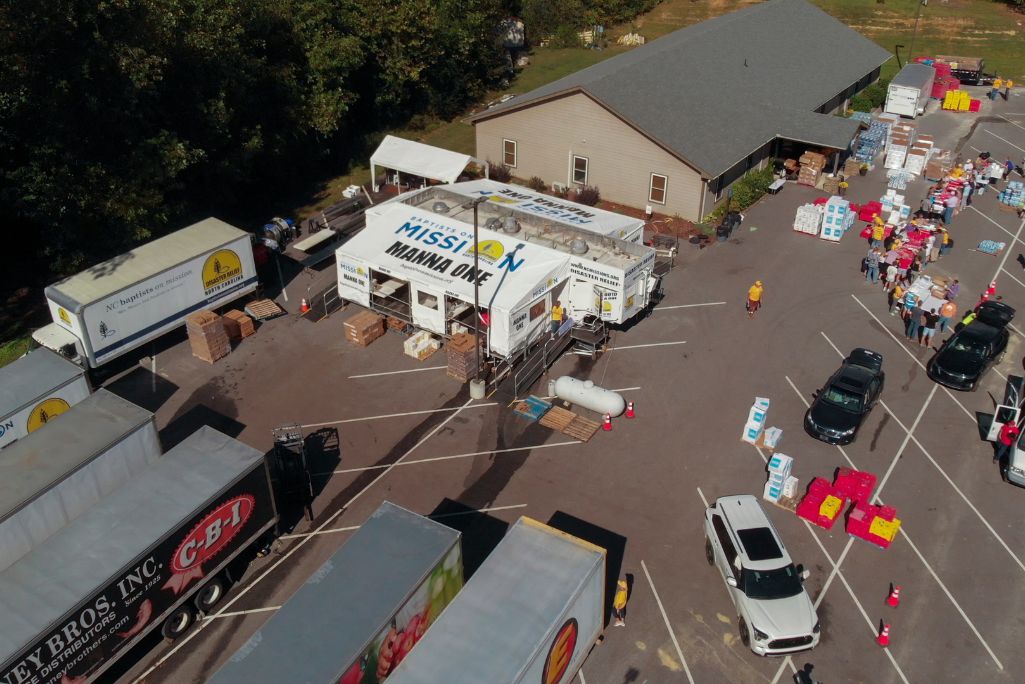
While news about Helene and the ongoing response efforts is no longer dominating headlines and news cycles, the need in western North Carolina is still great, which underscores the need for continual volunteers.
“The media has gone home, basically,” Beam said. “So in some ways, it’s out of sight, out mind. But there’s going to continue to be a lot of work to be done for a long time.”
And meeting people’s physical needs is a great way to point them to their spiritual needs, as well.
“We need churches investing in being Jesus’ hands and feet to hurting people in western North Carolina,” Brunson said.
(EDITOR’S NOTE — This article originally appeared in the January/February 2025 issue of the Biblical Recorder magazine. N.C. Baptists on Mission leaders anticipate serving in western North Carolina over the next four to six years. To learn how you can pray, give financially or go volunteer, visit baptistsonmission.org/helene)

